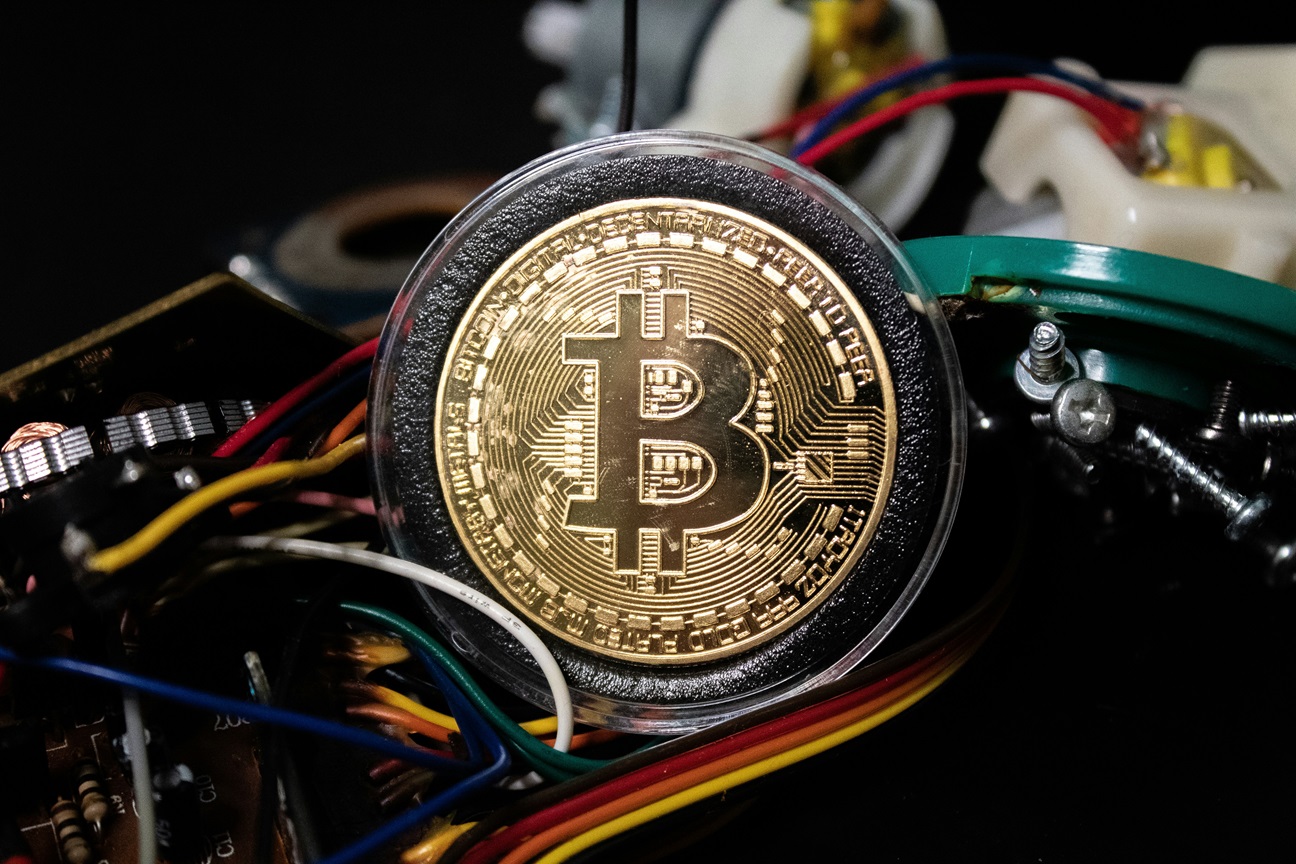Bitcoin Miner Fees Revenue Explodes: Are Runes Driving It?

On-chain data shows the Bitcoin miner revenue percentage from the fees has exploded recently. Here’s what’s behind this sharp growth.
Bitcoin Runes Have Caused A Sudden Shake-Up In Miner Revenues
A couple of days ago, the much-anticipated fourth Halving, a periodic event taking place roughly every four years where block rewards that miners receive for solving blocks are permanently cut in half, finally took place on the Bitcoin network. While this was a major event for cryptocurrency, another watched development occurred on the network simultaneously. It was the release of the Runes, a new protocol for minting fungible tokens on the network.
The Runes protocol was developed by none other than the creator of the revolutionary Ordinals protocol, Casey Rodarmor. The Ordinals protocol was released back at the start of 2023 and provided a way to “inscribe” data directly onto a satoshi (sat), the smallest unit of Bitcoin.
Thanks to this protocol, a variety of applications became possible on the network, including Non-Fungible Tokens (NFTs). These applications have quickly gained popularity among users and have become mainstays on the network. With the launch of the Runes, there is now a sort of sequel to this legendary protocol.
How are the Runes different from the “inscriptions” that the Ordinals protocol produces? As Rodarmor’s “Ordinal Theory Handbook” puts it, “whereas every inscription is unique, every unit of a rune is the same. They are interchangeable tokens, fit for a variety of purposes.” Thus, the Runes create the opposite of NFTs: fungible tokens.
Fungible token functionality isn’t exactly new for Bitcoin, however, as the popular BRC-20 token standard already exists. So, why the hype behind the Runes? The reason behind that is the fact that the latter is much more simple and efficient than other standards.
The BRC-20 tokens use a roundabout way to inscribe fungible tokens, leveraging the Ordinals protocol, and running on an account-based system similar to Ethereum. Their complexity means that they require 3 transactions in order for 1 transfer to be complete.
The Runes, on the other hand, use an Unspent Transaction Output (UTXO) system (similar to how Bitcoin itself works) and are present entirely on-chain. This means that they can easily be accessed in block explorers. Also, unlike the BRC-20 tokens, they require only a single transaction.
Since their inception, the Ordinals-related applications have been making waves on the network and during peak mania periods, they have even been causing some temporary, but drastic effects on the economics of the cryptocurrency in terms of one particular metric: the transaction fees.
These applications naturally influence the traffic on the blockchain and when demand for them is high, this traffic can even surpass all other uses of the cryptocurrency.
The Runes appear to have followed in this lead, as the transaction fees on the network has also shot up since they have been introduced. As CryptoQuant Head of Research Julio Moreno pointed out yesterday in an X post, the miner revenue from transfer fees shot up to 75% alongside the Runes launch.
The value of the metric seems to have been quite high in recent days | Source: @jjcmoreno on X
From the chart, it’s visible that the miners made a record-high $107 million in total revenues that day, a whopping $80.5 million of which came from the transaction fees alone.
Historically, fees have been much less relevant for miner revenues than the block rewards, but the recent applications on the network have caused at least temporary fluctuations where fees has spiked to notable levels.
With the latest Halving, the block rewards have been significantly slashed again, meaning that the primary source of revenue for these miners has been tightened.
As halvings would continue in the future and these rewards would shrink further, the miners would have to become increasingly reliant on transaction fees in order to survive.
Ordinals and Runes may provide a glimpse into a future where such applications would dominate the Bitcoin network and inflate the fees enough for it to serve as the main source of income for the miners.
BTC Price
Bitcoin had slipped under the $60,000 level in the leadup to the Halving, but since this low, the price has rebounded back towards $65,900.
Looks like the price of the asset has been heading up recently | Source: BTCUSD on TradingView
Featured image from Brian Wangenheim on Unsplash.com, CryptoQuant.com, chart from TradingView.com



